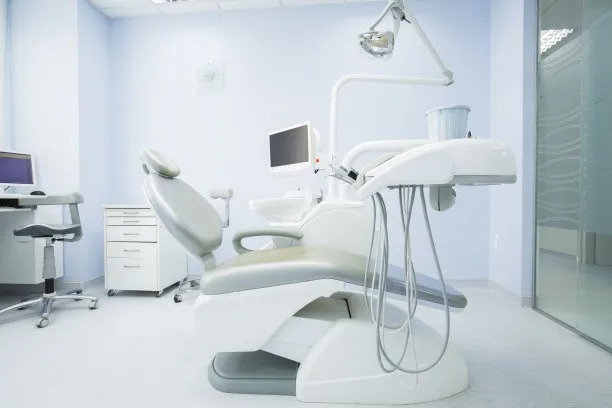The Essential Guide to Extracting a Tooth Safely and Effectively for Optimal Oral Health
Summary: Extracting a tooth is a delicate procedure that requires precision, care, and knowledge. This comprehensive guide emphasizes the importance of safe and effective tooth extraction methods to ensure optimal oral health. It covers essential pre-extraction preparations, the extraction process, post-extraction care, and when to seek professional help. Understanding these key aspects can prevent complications and promote healing, making dental health a priority. With the right information, individuals can approach tooth extraction confidently, knowing they are taking the necessary steps for their oral health.
1. Importance of Pre-Extraction Preparations

Prior to the tooth extraction process, adequate preparations play a crucial role in ensuring overall safety and effectiveness. First, a thorough dental examination is necessary to assess the specific dental condition. This evaluation allows dentists to strategize the extraction based on the tooths position, condition, and the patients oral health history. Patients should also disclose any medical conditions or medications they are taking, as these can influence the extraction process.
Additionally, imaging tests such as X-rays are integral in revealing the tooths roots and surrounding bone structure. This visual information allows for a more precise procedure, minimizing potential complications during extraction. Educating the patient on what to expect during and after the procedure is equally vital to alleviate anxiety and encourage relaxation.
Lastly, considering anesthesia options is an essential preparation step. Local anesthesia is typically used to numb the area around the tooth, ensuring the patient feels minimal discomfort. Discussing these options with the dentist helps the patient feel more at ease and informed about the process ahead.
2. Steps Involved in the Extraction Process
The actual tooth extraction starts with the application of the chosen anesthesia, ensuring the patient is comfortable and free of pain. The dentist then carefully loosens the tooth using dental instruments designed for this purpose. Proper technique is crucial at this stage to prevent unnecessary trauma to the surrounding tissue.
Once the tooth is adequately loosened, it is gently rocked back and forth to detach it from the ligaments holding it in place. This meticulous process greatly contributes to a successful extraction. If the tooth is impacted or difficult to remove, a more surgical approach may be required, involving the removal of some bone or gum tissue.
Following the extraction, the dentist will clean the extraction site thoroughly before placing any necessary stitches. They will provide instructions on bleeding control and what to expect during the healing process, ensuring that the patient leaves with a clear understanding of the post-extraction care.
3. Post-Extraction Care for Optimal Healing
Post-extraction care is critical in promoting optimal healing and preventing complications like infection. Initially, the patient should avoid rigorous activities that may disrupt the clot. Resting for at least 24 hours is recommended to allow the body to start its recovery process. Ice packs can be applied to the outside of the cheek to minimize swelling, which is a normal response after tooth extraction.
Maintaining proper oral hygiene is essential, but patients should be cautious not to brush the affected area for the first 24 hours. After this period, gentle rinsing with warm salt water can aid in keeping the area clean and promoting healing.
Patients should also monitor their recovery, noting any unusual symptoms such as excessive pain or bleeding. If any complications arise, contacting a dental professional as soon as possible is imperative to address any potential issues promptly.
4. Recognizing When to Seek Professional Help
While most tooth extractions are routine, there are instances where complications may occur, requiring professional intervention. Symptoms such as persistent or severe pain that escalates after the initial extraction period can indicate possible infection or dry socket, a condition arising when the blood clot dislodges from the extraction site.
Additionally, if significant swelling, bleeding, or fever develop, these may be signs of an underlying issue that necessitates immediate dental attention. It is essential for patients to understand the difference between normal post-extraction symptoms and those that require concern.
An open line of communication with the dental provider is vital. Having access to post-extraction support and advice can significantly alleviate fears and ensure a smooth recovery process. Seeking help at the right time can make all the difference in achieving optimal oral health.
Summary:
In conclusion, understanding the importance of preparation, the extraction procedure, and post-care is paramount for anyone facing a tooth extraction. Patients equipped with knowledge can approach the process with confidence and minimize the risk of complications, prioritizing their oral health. Remember, dental health is a vital aspect of overall well-being, and effective tooth extraction when necessary contributes significantly to this.
This article is compiled by Vickong Dental and the content is for reference only.



